“No Second Troy” is one of W.Yeats’ most poignant poems, encapsulating the complexities of love, rebellion, and the interplay between personal and political realms. Written in 1910, the poem reflects Yeats’ tumultuous relationship with Maud Gonne, a woman who not only captured his heart but also embodied the spirit of Irish nationalism. The title itself alludes to the legendary city of Troy, which fell due to the beauty of Helen, suggesting that love can lead to destruction and chaos.
Yeats employs this metaphor to explore the duality of admiration and disillusionment, as he grapples with his feelings for Gonne and the broader implications of her political activism. The poem is structured in a way that allows Yeats to delve into his emotional landscape while simultaneously addressing the socio-political context of early 20th-century Ireland. The historical backdrop of the Irish struggle for independence serves as a critical lens through which the poem can be interpreted.
Yeats’ personal experiences are intricately woven into the fabric of national identity, making “No Second Troy” not just a reflection on love but also a commentary on the tumultuous state of Ireland during his lifetime. This duality enriches the poem, inviting readers to consider how personal relationships can mirror larger societal conflicts.
Key Takeaways
- No Second Troy is a poem by W.B. Yeats that explores themes of love, rebellion, and the influence of Maud Gonne.
- The theme of love in No Second Troy is characterized by passion, obsession, and the destructive power of unrequited love.
- The theme of rebellion in No Second Troy is evident in the speaker’s defiance against societal norms and expectations.
- Yeats’ use of imagery in No Second Troy creates a vivid and evocative portrayal of Maud Gonne as a powerful and captivating figure.
- Maud Gonne’s influence on No Second Troy is seen in the poem’s portrayal of her as a symbol of beauty, power, and rebellion, reflecting Yeats’ complex relationship with her.
- The legacy of No Second Troy lies in its enduring exploration of love, rebellion, and the influence of Maud Gonne, making it a timeless and influential work in Yeats’ oeuvre.
The Theme of Love in No Second Troy
The Duality of Love
Yeats’ love for Maud Gonne is depicted as both a source of inspiration and a cause of suffering. He admires her fierce spirit and commitment to the cause of Irish nationalism, yet he also feels the weight of her ideals pressing down on him.
The Turmoil of Beauty
The opening lines evoke a sense of longing and admiration, as Yeats reflects on Gonne’s beauty and the impact it has on him. However, this admiration is tinged with a sense of futility; he questions whether such beauty is worth the turmoil it brings. Yeats’ exploration of love is further complicated by his recognition of its destructive potential.
The Universality of Unrequited Love
The reference to Troy serves as a powerful metaphor for this duality. Just as Helen’s beauty led to the downfall of an entire city, Yeats suggests that his infatuation with Gonne may lead to his own emotional ruin. The poem captures the essence of unrequited love, where the beloved’s ideals become unattainable, leaving the lover in a state of perpetual yearning. This theme resonates deeply with readers, as it encapsulates the universal experience of love’s complexities—its ability to elevate and devastate simultaneously.
The Theme of Rebellion in No Second Troy
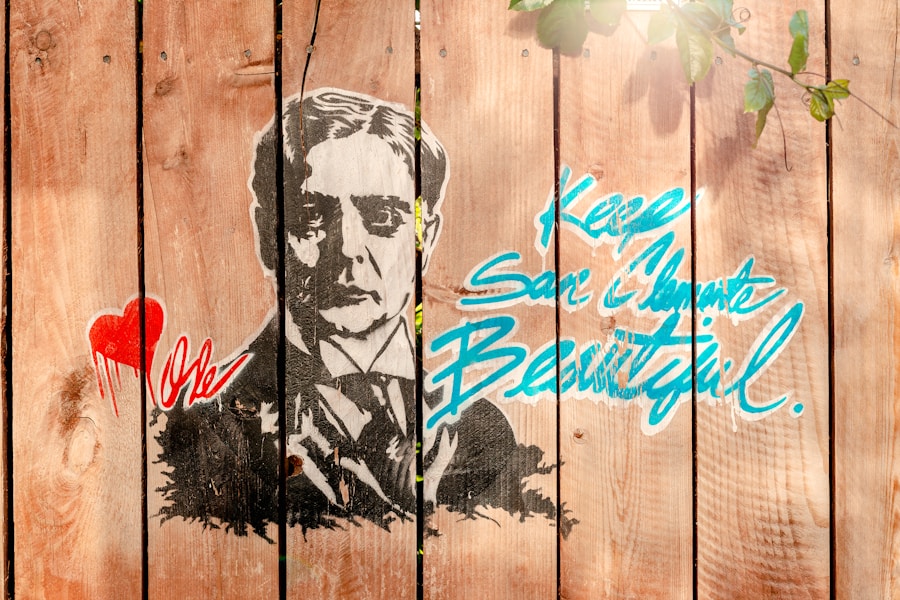
Rebellion is another central theme in “No Second Troy,” intricately linked to Yeats’ portrayal of love. Gonne’s passionate involvement in the Irish nationalist movement symbolizes a broader struggle against oppression and injustice. Yeats grapples with his admiration for her revolutionary spirit while simultaneously feeling alienated by it.
He recognizes that her commitment to the cause often overshadows their personal relationship, creating a rift between them. This tension reflects a larger societal conflict, where individual desires are often subsumed by collective aspirations for freedom. The poem’s exploration of rebellion extends beyond Gonne’s activism; it also serves as a critique of the societal norms that dictate personal relationships.
Yeats questions whether love can exist in a world marked by strife and conflict. His longing for Gonne is intertwined with a desire for change, both personally and politically. The rebellion against traditional notions of love and loyalty becomes a metaphor for the broader struggle for Irish independence.
In this sense, “No Second Troy” transcends personal narrative, becoming a commentary on the nature of resistance and the sacrifices that come with it.
Yeats’ Use of Imagery in No Second Troy
Yeats’ mastery of imagery in “No Second Troy” enhances the emotional depth and thematic complexity of the poem. His vivid descriptions evoke powerful visual and sensory experiences that resonate with readers on multiple levels. The imagery associated with Gonne often juxtaposes beauty with destruction, reflecting the dual nature of his feelings.
For instance, references to fire and war create an atmosphere charged with tension, suggesting that love can ignite passions that lead to conflict. This interplay between beauty and chaos is central to understanding Yeats’ emotional turmoil. Moreover, Yeats employs natural imagery to convey his feelings about love and rebellion.
The use of elements such as wind, water, and earth serves to ground his emotions in the physical world while also elevating them to a more universal plane. The natural world becomes a backdrop against which human struggles unfold, emphasizing the interconnectedness of personal and political battles.
The Influence of Maud Gonne on No Second Troy
Maud Gonne’s influence on “No Second Troy” cannot be overstated; she serves as both muse and catalyst for Yeats’ exploration of love and rebellion. Gonne was not only an object of Yeats’ affection but also a formidable figure in her own right—a passionate advocate for Irish nationalism who inspired many with her fervor and dedication. Her commitment to social justice and political activism deeply resonated with Yeats, shaping his understanding of love as something intertwined with larger societal issues.
Gonne’s impact on Yeats extends beyond mere inspiration; she embodies the ideals he grapples with throughout the poem. Her beauty captivates him, yet it also represents an unattainable ideal that leads to his emotional suffering. The tension between admiration and disillusionment reflects Yeats’ struggle to reconcile his personal desires with his political beliefs.
In this way, Gonne becomes a symbol not only of romantic longing but also of the complexities inherent in pursuing one’s ideals in a world fraught with conflict.
The Legacy of No Second Troy
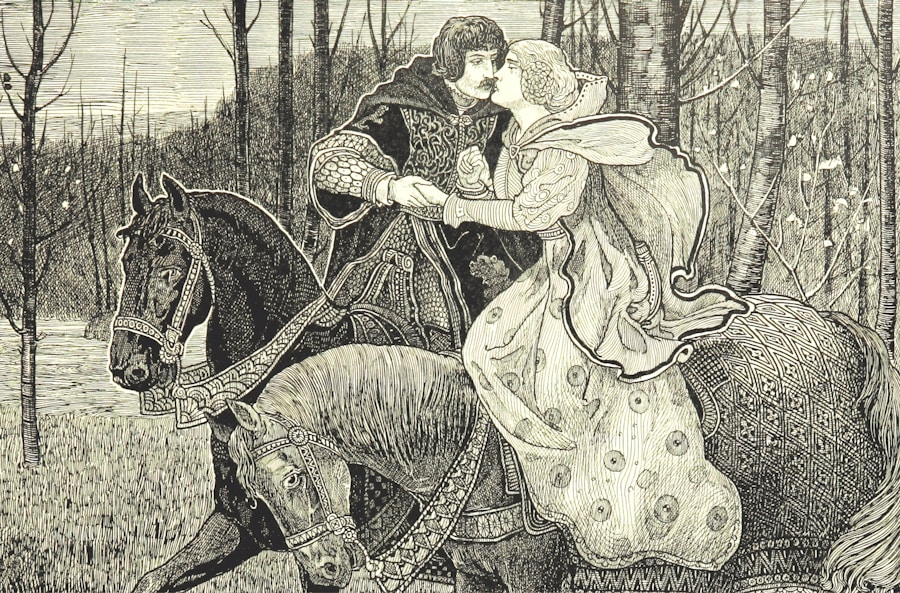
The legacy of “No Second Troy” endures as a testament to W.Yeats’ ability to capture the intricacies of human emotion within a broader socio-political context. The poem continues to resonate with readers today, offering insights into the nature of love, rebellion, and the interplay between personal relationships and national identity. Its exploration of these themes remains relevant in contemporary discussions about passion, sacrifice, and the quest for freedom.
Furthermore, “No Second Troy” has influenced countless poets and writers who grapple with similar themes in their own work. Yeats’ ability to intertwine personal narrative with larger societal issues has paved the way for future generations to explore the complexities of human experience through their art. The poem stands as a powerful reminder that love can inspire both greatness and despair, serving as a catalyst for change while also revealing the vulnerabilities inherent in our deepest connections.
As such, “No Second Troy” remains not only a reflection on Yeats’ own life but also an enduring exploration of the human condition itself.

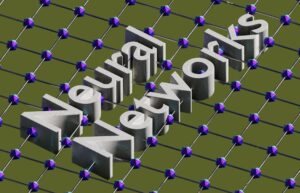

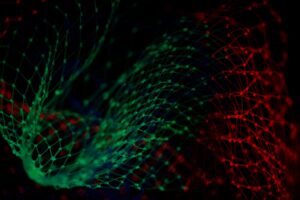


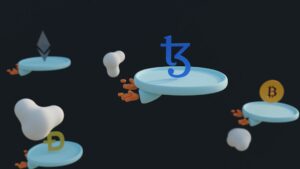

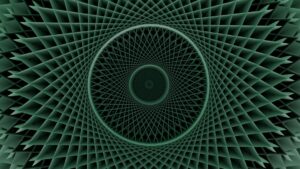

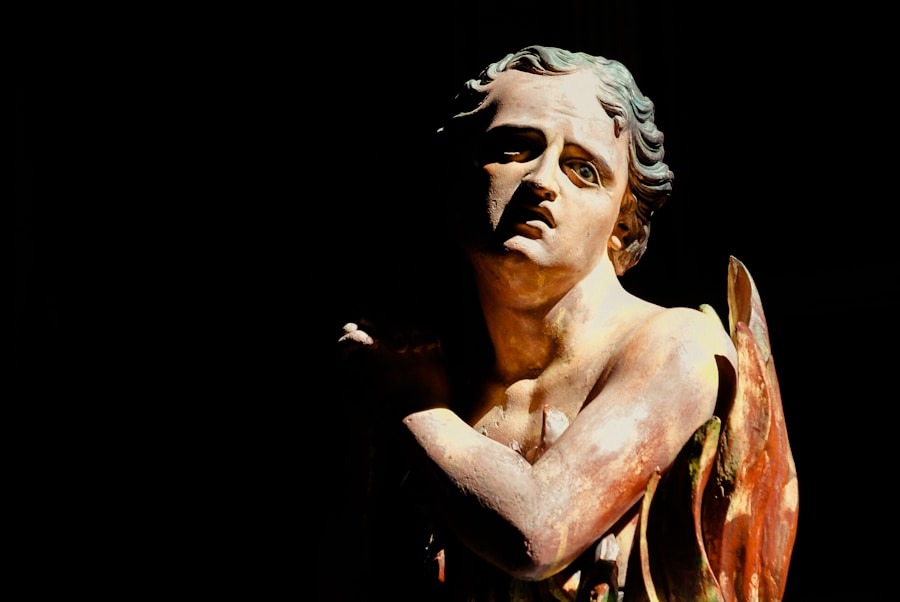










+ There are no comments
Add yours